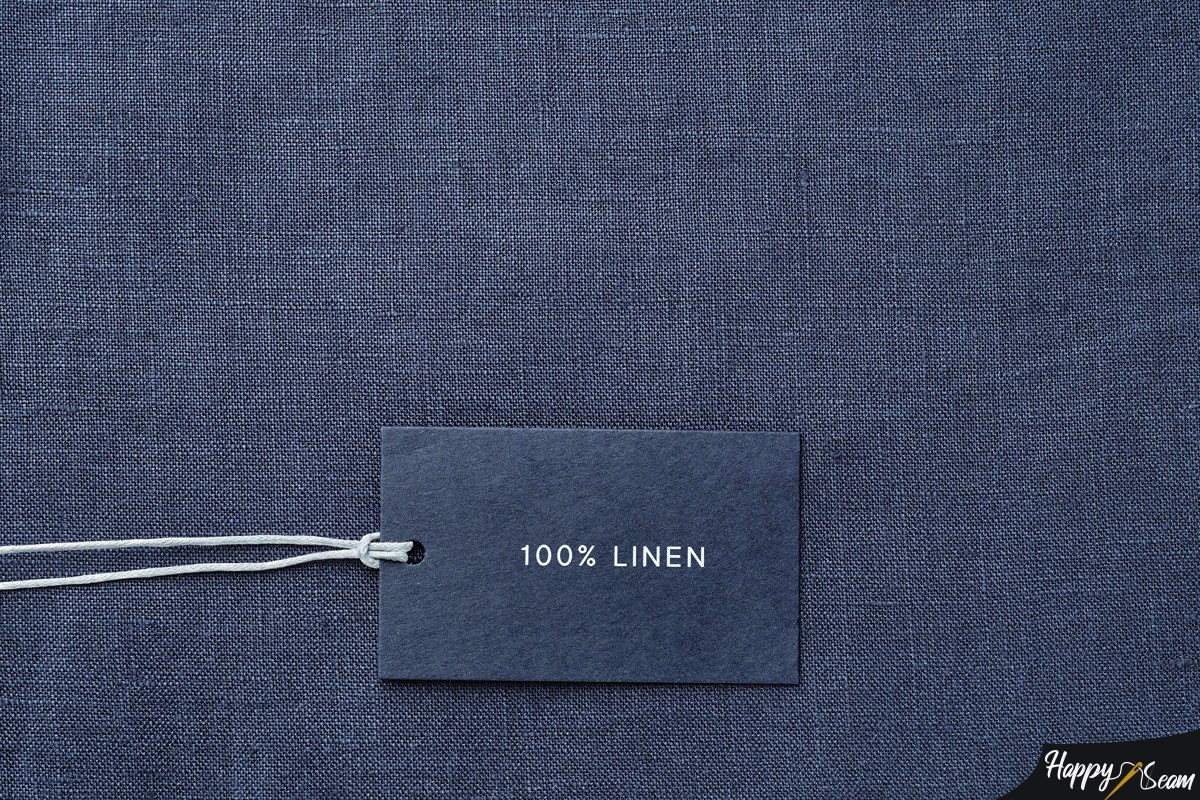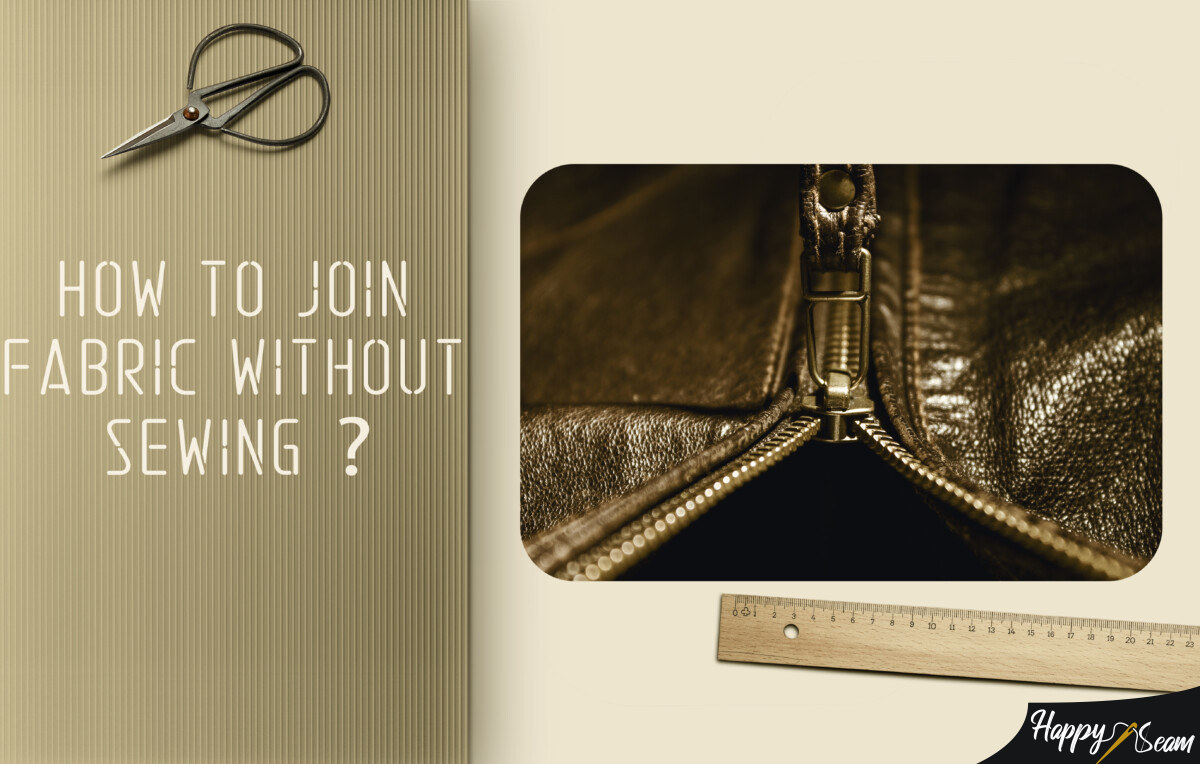If you clicked on this article, chances are that you want to learn how to conjoin pieces of fabric together without sewing.
Joining fabrics together and experimenting with them doesn’t depend on the fact that you can’t sew or don’t own a sewing machine.
The most common way would be to use a sewing machine, but if you’re not crafty with your hands there are other methods to help you in joining fabric together without sewing.
Key Takeaways
- Sewing your clothing or fabrics together is the most common and reliable way of joining together pieces of fabric.
- However, doing so without sewing isn’t impossible.
- There are countless ways to join fabric without sewing but the main two ways we discuss in this article are textile glue and fusible tape.
- Before you apply any adhesive to your fabric it needs to be prepared.
- It’s not a smart idea to glue something together if it’s not pre-washed or if it has wrinkles
- A great brand of fusible tape is called Dritz Stitch Witchery, because of how great it holds together stitches with no sewing.
How Can Fabrics Be Attached Together

You might think that by not owning a sewing machine trying to conjoin fabrics together is a lost cause, however, that’s not the case. So, even if you’re not as crafty with your hands as you’d like, you can attach fabrics together without even touching a needle.
No matter the reason why, don’t let sewing stop you from attaching fabrics together. Use that as an opportunity to be even more crafty. There are 2 methods I have used before to connect fabric, and neither of them includes sewing.
To join fabric without sewing you can use glue which is made specifically for textiles, and fusible tape. These methods are easy, efficient, and inexpensive to do.
Preparation
Make sure you prepare your clothing before working on it. This means that you have to check a couple of things before you can proceed with the rest of the method you’re going to be using.
Firstly, the preparation includes making sure that the article of clothing or material is pre-washed. This keeps the fabric safe while working with adhesives and fusibles.
If the material is clean this will prevent any discoloration. If you wash the material you can rest assured that the adhesive is surely going to stick and that the dirt or finishes on the material aren’t going to intrude in the gluing process.
Another thing you can do before you begin is to get your flat iron and ironing board. The fabric needs to be ironed to be spotless and without wrinkles. You need to be especially careful with the delicate parts of the material.
Go over the delicate parts, such as hems, with a flat iron and apply pressure to get the
wrinkles out. This ensures that the material isn’t crinkled and you can properly work on it by adding the adhesive.
Joining Fabrics Without Sewing

The easiest two methods that I will discuss when it comes to conjoining fabrics without sewing are using textile glue and using fusible tape. Both of these are permanent ways of sticking two fabrics together.
You could also use safety pins or any kind of other pins to hold two fabrics together in place, however, this is only a temporary fix. So, don’t count on pins if you’re searching for a permanent way of joining fabrics together.
Textile Glue
A great way to join fabric together is by using textile glue. This is a permanent method which is a lot easier to do than sewing. However, you have to be careful with your fabric exactly because of that.
Before you use fabric glue you should make sure you’ve properly done your preparation. After that’s done, you can safely continue making a fold and place the fabric glue onto the material, or you can glue two fabrics together.
You can also use textile glue on garments such as zippers, patches, hems, or appliques. Textile glue is a great adhesive for attaching a fabric that doesn’t do well with heat. It can also be a good option instead of fusible tape if you do not own an iron.
Fusible Tape
When it comes to fusible tape, there are a lot of different kinds out there. You can find this tape in forms such as fusible web tape that is thin, you can see web tape which is thicker or you can use Dritz Stitch Witchery which is a great tape for stitching fabrics without sewing.
Whether you need your fusible tape for creating a blanket and putting together two pieces of fabric, placing it after folding a hem for your jeans, or for altering your dress, a fusible tape such as Dritz Stitch Witchery is going to help you a ton.
These tapes are great for making hems and they’re really easily applicable and not at all hard to handle. Literally, anyone can learn how to apply fusible tape and attach fabrics together like a professional.
The only thing you need to make sure that your fusible tape stays in place is a flat iron. If you’ve got a flat iron, an ironing board, and some water, you’re all set.
Don’t forget to do your preparations before starting the procedure. It’s especially important for fusible tape so that you don’t have wrinkles on the fabric.
If you’ve successfully prepared your fabric go on to placing the tape onto the edge of your fabric where you wish to place another piece of fabric on top and apply pressure. This is obviously helped by the heat from the flat iron.
Make sure you’re doing this on a heat-protected flat surface such as an ironing board.
After you’ve applied your tape your fabric can be washed in the machine or dry-cleaned and that is why this is such a great method.
Final Words
To know how to join fabric without sewing means to be creative and willing to experiment. I encourage anyone who doesn’t own a sewing machine to use textile glue, fusible tape, or any other kind of adhesive as a replacement for stitching.
It’s useful for holding together hems or making any kind of covers where you need to hold together two different fabric patterns or any other fabrics. Anyone can learn if they’re brave and creative.
I am a proud mother of two amazing daughters, and i run our sewing & embroidery business full time. I am also a part-time writer for this blog, because i love sharing my findings and experiences!



